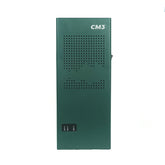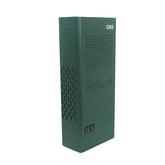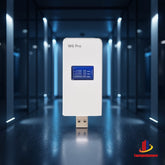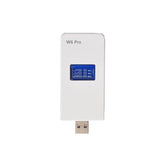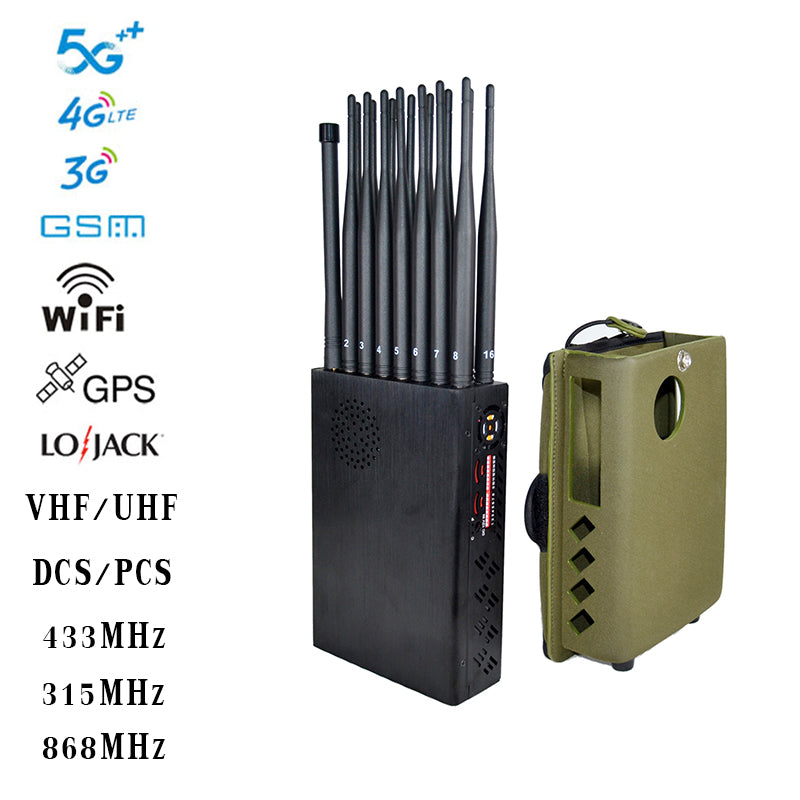Analysis of the main reasons for the poor effect of signal jammers
The actual interference effect of signal jammers for sale is affected by multiple factors, and in some environments, the effect will be unsatisfactory, which is mainly reflected in the following aspects:
1. Jammer's own factors
Insufficient power
When the jammer's transmission power is low, the interference signal strength is limited, and it is difficult to cover a large range or offset strong signals, resulting in limited shielding range and effect.
Frequency band mismatch
Different communication networks use different frequency bands. If the jammer does not cover all target frequency bands (such as some 5G high frequency bands), the corresponding signal cannot be effectively shielded.
2. Environmental factors
Complex spatial structure
Obstacles such as walls and partitions will block, reflect or attenuate interference signals, affect signal propagation, and cause shielding blind spots.
Presence of signal reflectors
A large number of metal objects will cause interference signals to be reflected, superimposed or offset, resulting in uneven distribution of signal strength and affecting the shielding effect.
The signal source is too close
When close to the base station, the base station signal strength is strong, and the wifi jammer needs more power to suppress it. When the power is insufficient, the shielding effect will decrease.
3. Signal characteristic factors
Signal strength difference
When the signal itself is strong, shielding becomes more difficult, and it is difficult for devices with insufficient power to effectively interfere.
Complex modulation methods
New communication signals use more advanced modulation and anti-interference technology, which may reduce the interference effect of traditional shielding devices.
4. Equipment status factors
Equipment failure or damage
Internal circuit abnormalities, antenna damage, etc. will cause the transmission power to drop or frequency deviation, affecting the interference effect.
Equipment aging
Long-term use will degrade the performance of components, reduce the transmission power and frequency stability, and lead to weakened shielding capabilities.
In addition, if multiple shielding devices are not used in a reasonable and coordinated manner, they may interfere with each other and reduce the overall effect. And some communication equipment with advanced anti-interference capabilities can resist shielding signals to a certain extent, thus affecting the actual shielding effect.


